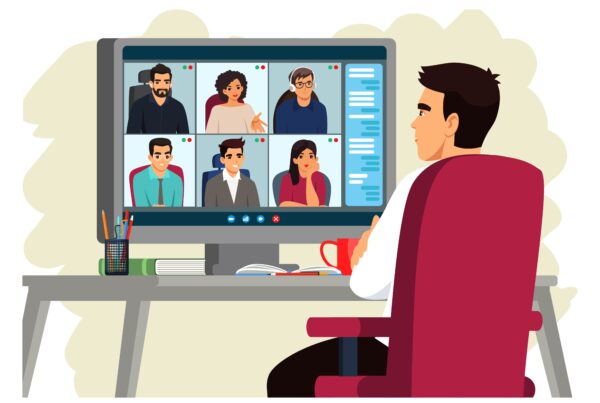If you want to be a successful fundraiser, you’ve got to get on the phone. There’s no way around it. Especially as we find more and more automated systems flooding the marketplace of fundraising technologies, it is vital that fundraisers have the ability to pick up the phone and make personal contact with the donors they hope will support their mission.
Here are three tips for how you can have successful phone calls:
1 – Call just to say thank you.
I hope that your organization has a stewardship strategy that includes making immediate phone calls to lead donors and major gift prospects who make a gift of any size. In organizations with full-time development staff, these calls can come from gift officers to donors in their portfolios. If a donor assigned to a gift officer makes a gift, that gift officer should pick up the phone immediately and make a call to say thank you. There is no ask involved here. And usually the phone call is pretty quick. But simply by picking up the phone and providing a personal word of thanks, you let the donor know you see them and you care about them. This will make the donor feel appreciated, will encourage them to give again, and will make your next call that much easier to make.
If your organization does not have full-time gift officers with assigned portfolios – and even if it does – you should pick a threshold above which any donation receives a thank you call. This should be for the top, say, 25% of donations to your organization. So, for example, if your organization typically receives about 200 donations a year and the majority of those donations are in the $100 to $250 range, any time you get a gift above $300, pick up the phone and call. If a donation comes in at $500 or more, ask the executive director to make a call. A focused caller can make no less than 10 thank you calls in an hour – often more. So err on the side of choosing a lower threshold and making more calls.
2 – Give your donor a heads up that you will be making the call
If the purpose of your call is not stewardship – that is, if you are calling to request a meeting, ask a favor, or some other purpose – send the donor a letter in the mail or an email – or both – and let them know you will be making a call. I call these pre-approach letters, and I have written about them before here.
As important as phone calls are for fundraising success, they’re not easy. Phone calls are like acquisition mailings. You want to take every measure you can to increase open rates and response rates. For a mailer, that might mean using actual stamps, including personalized messages, and maximizing variable data. For phone calls, that means doing what you can to warm up that potentially cold call.
So give the donor a heads up. Send a letter in the mail. Hand-address it. Write a note. And let them know you’re calling. Even better – send them a letter in the mail. Follow it up with an email and mention the letter you sent. Attach the letter to the email. Then tell them you’ll be calling them on X day around X time. There’s a much better chance they will pick up and at least be ready for a conversation. Pave the way. You’ll be glad you did.
3 – Do what you need to do to relax.
This may mean taking a breath before your calls, standing up and walking around, giving yourself a pep talk, or just reminding yourself that you are doing important work. Your calling as a fundraiser is to invite the donor into a fulfilling opportunity. If a donor notices that you are stressed out, they will be stressed out. If a donor feels that you are relaxed and enjoying the call, they will relax and enjoy the call. Be yourself. Smile. And remember that your work is important. It is as important as any job out there.




